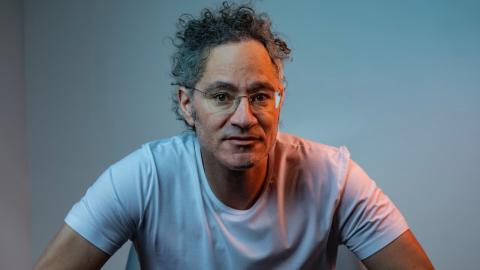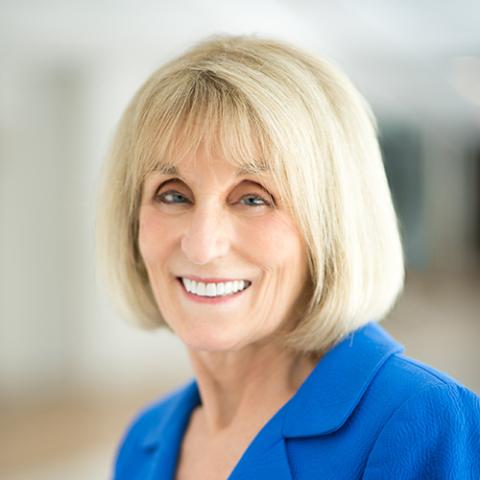WASHINGTON--Global giving is transforming aid to developing countries through higher amounts than ever before and in how it is being delivered. According to new data published in the third annual Index of Global Philanthropy, private giving and investment from all donors to developing countries now account for over 75 percent of developed countries' entire economic dealings with the developing world. Government aid or "Official Development Assistance" (ODA) is a minority shareholder in the growth and development of poor countries.
In the U.S., the Index found that for 2006, (latest year for which data are available), private philanthropy and the remittances that migrants send back to families in their home towns, constitute four and one-half times U.S. official aid abroad. This is up from three and one-half times in 2005. The U.S. gave $34.8 billion in private philanthropy and $71.5 billion in remittances as compared to $23.5 billion in ODA. The Index, published by Hudson Institute's Center for Global Prosperity (CGP), also provides examples of how the traditional "donor-to-recipient" model of foreign aid is being changed through public private partnerships, where the savviest of government aid agencies are changing their foreign aid business model to leverage official aid with new private programs run by foundations, corporations, charities, universities, and religious organizations.
This year's Index breaks new ground with the publication of the first ever nationwide random sample survey of U.S. religious giving to relief and development projects in the developing world. The pioneering study, conducted by the University of Notre Dame Center for the Study of Religion and Society, in partnership with CGP, found that U.S. religious giving to the developing world, combined with other data, was a stunning $8.8 billion in 2006. This giving is almost forty percent of U.S. official aid to poor countries.
The Index documents new trends in giving such as cause-related marketing, fair-trade movements, and internet giving which are democratizing philanthropy and creating "ordinary Oprahs" all around the world. "It's an exciting time for philanthropy," says Carol Adelman, director of the CGP, "as we watch how new and diverse private players are creating new business models for foreign aid. But most importantly, it's about how to help poor people help themselves through partnerships that are locally owned, transparent, and accountable, thus having better, more lasting results than government aid has had in the past."
As in previous editions, the 2008 Index chronicles numerous instances of private giving at work a former Peace Corps volunteer who continues to raise money and devote time to school children in Colombia, college students who use their spring break to volunteer at a community hospital in Ecuador or work with coffee farmers in the Dominican Republic, a U.K. charity that distributes auto-mechanic kits in Uganda so that local entrepreneurs can start businesses, and a low cost, durable mobile phone developed specially for developing countries through the efforts of a global mobile communications association, are just a few of the private efforts helping to create growth and prosperity in the developing world.
For more information, visit Hudson Institute's CGP on the Web at www.global-prosperity.org















